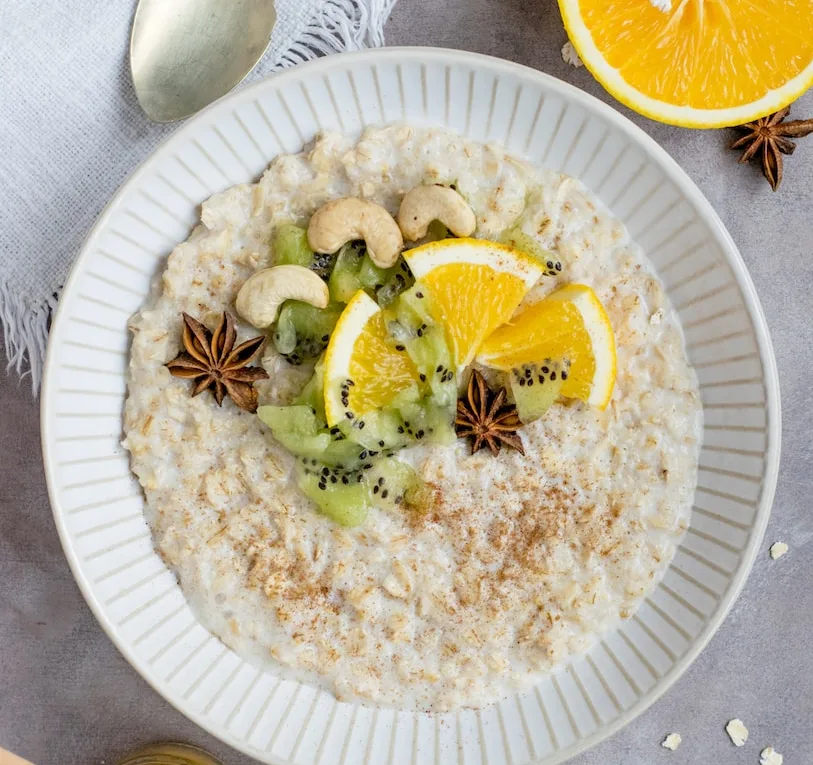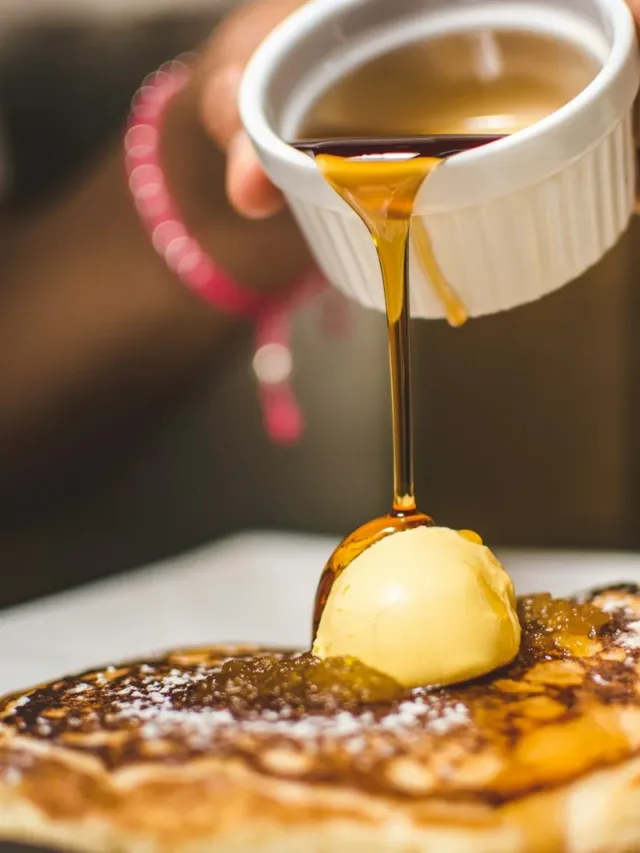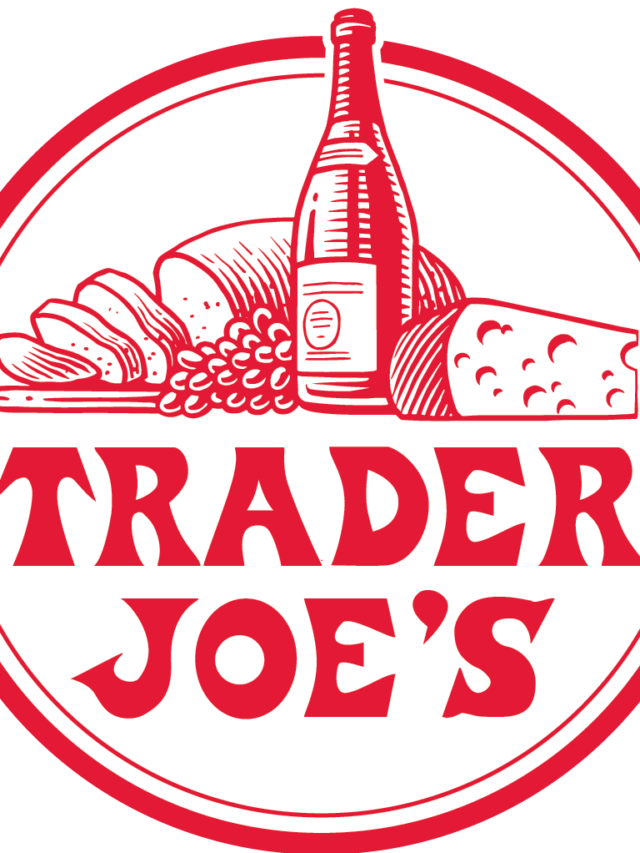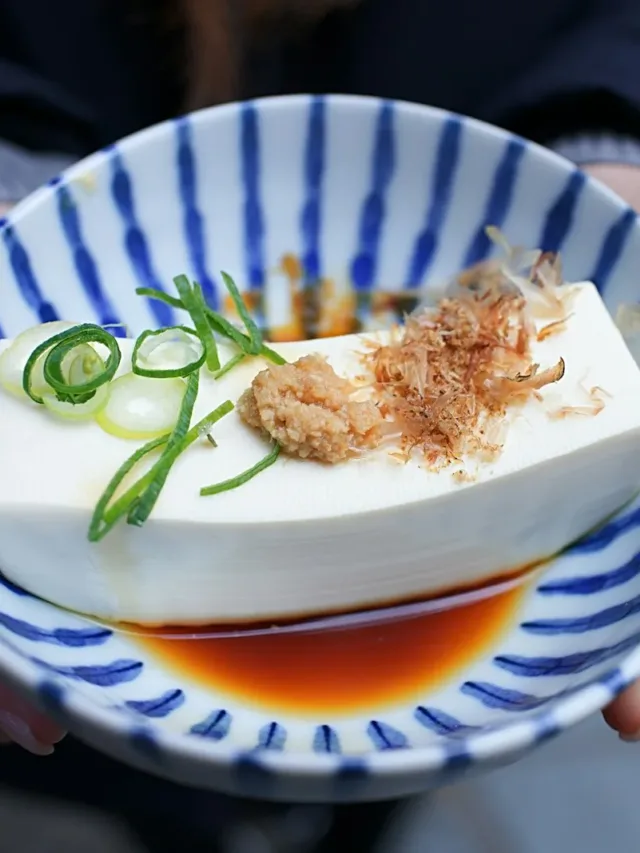Millet Magic: Tiny Grains, Big Delights
Millet refers to a group of small-seeded grasses that have been cultivated for thousands of years for their nutritional value and versatility. These drought-resistant grains are a staple in many parts of the world, particularly in Africa and Asia. Millet varieties include common types like pearl millet, foxtail millet, proso millet, and finger millet, each with distinct characteristics and culinary uses. Millets are known for their resilience in diverse growing conditions, making them well-suited to arid and semi-arid regions. They are a rich source of nutrients such as fiber, vitamins, and minerals, contributing to a healthy diet. Millet is used in various culinary applications, from porridges and flatbreads to beverages, and its gluten-free nature has led to increased popularity as a nutritious alternative in modern diets. As global interest in diverse and sustainable food sources grows, millet continues to gain recognition for its nutritional benefits and adaptability to challenging agricultural environments.
What is millet called in India in hindi?
Here are some common types of millets along with their Hindi names:
Pearl Millet:
- English Name: Pearl Millet
- Hindi Name: Bajra (बाजरा)
Finger Millet:
- English Name: Finger Millet
- Hindi Name: Nachni or Mandua (नाचनी or मंडुआ)
Proso Millet:
- English Name: Proso Millet
- Hindi Name: Cheena (चीना) or Barri (बारी)
Little Millet:
- English Name: Little Millet
- Hindi Name: Kutki (कुटकी) or Sama (सामा)
Kodo Millet:
- English Name: Kodo Millet
- Hindi Name: Kodra (कोदरा) or Kodon (कोदों)
Barnyard Millet:
- English Name: Barnyard Millet
- Hindi Name: Jhangora (झंगोरा) or Sanwa (सांवा)
Browntop Millet:
- English Name: Browntop Millet
- Hindi Name: Korra (कोर्रा) or Korale (कोराले)

What are millet health benefits ?
Millet offers a range of health benefits due to its nutritional composition. Here are some key health benefits of millet:
- Nutrient-Rich: Millet is a good source of essential nutrients, including magnesium, phosphorus, manganese, copper, and zinc. It also provides vitamins such as niacin (B3), thiamine (B1), and folate.
- Rich in Fiber: Millet is high in dietary fiber, promoting digestive health and helping to prevent constipation. A diet rich in fiber is also associated with a lower risk of various chronic diseases.
- Gluten-Free: Millet is naturally gluten-free, making it a suitable grain for individuals with gluten sensitivity or celiac disease.
- Antioxidant Properties: Millet contains antioxidants, including phenolic compounds, which help neutralize harmful free radicals in the body, potentially reducing the risk of chronic diseases.
- Heart Health: The magnesium content in millet is beneficial for cardiovascular health. Magnesium helps relax blood vessels, reducing the risk of heart attacks and strokes.
- Blood Sugar Regulation: Millet has a low glycemic index, meaning it has a smaller impact on blood sugar levels. This makes it a good choice for individuals looking to manage or prevent diabetes.
- Weight Management: The fiber and complex carbohydrates in millet contribute to a feeling of fullness, which can assist in weight management by reducing overall calorie intake.
- Bone Health: Millet is a good source of phosphorus and magnesium, essential minerals for bone health. These minerals contribute to the development and maintenance of strong bones.
- Supports Red Blood Cell Formation: Millet contains iron, a crucial component in the formation of red blood cells. Adequate iron intake helps prevent anemia and supports overall energy levels.
- Versatility in Cooking: Millet is versatile and can be used in various culinary applications, from porridges and flatbreads to salads and side dishes, making it easy to incorporate into a balanced diet.
What are the Indian recipes of millet ?
India has a rich culinary tradition, and millets are commonly used in various regional recipes. Here are a few popular Indian recipes featuring millets:
- Bajra Roti (Pearl Millet Flatbread):
- Ingredients: Bajra (pearl millet) flour, water.
- Method: Mix bajra flour with water to form a dough. Make small balls, flatten them into discs, and cook on a hot griddle. Serve with ghee, yogurt, or a side of vegetables.
- Bajra Khichdi:
- Ingredients: Bajra, moong dal, vegetables, spices.
- Method: Cook bajra and moong dal together with vegetables and spices to make a wholesome and nutritious khichdi. Serve hot with a dollop of ghee.
- Ragi Dosa:
- Ingredients: Ragi (finger millet) flour, urad dal, rice, fenugreek seeds.
- Method: Ferment a batter made from ragi flour, urad dal, rice, and fenugreek seeds. Make dosas (thin pancakes) on a griddle and serve with coconut chutney or sambar.
- Jowar Roti (Sorghum Flatbread):
- Ingredients: Jowar (sorghum) flour, water.
- Method: Similar to bajra roti, mix jowar flour with water, form a dough, make small balls, flatten them, and cook on a griddle. It is often served with curries or chutney.
- Foxtail Millet Upma:
- Ingredients: Foxtail millet, vegetables, mustard seeds, urad dal, curry leaves, spices.
- Method: Cook foxtail millet with sautéed vegetables and spices to create a nutritious and savory upma. Garnish with fresh coriander and serve hot.
- Kodo Millet Pulao:
- Ingredients: Kodo millet, vegetables, spices.
- Method: Cook kodo millet with a mix of colorful vegetables and aromatic spices to prepare a delicious and healthy pulao. Serve with raita or yogurt.
- Little Millet Pongal:
- Ingredients: Little millet, moong dal, black pepper, ghee, cashews, cumin seeds.
- Method: Cook little millet and moong dal together, season with black pepper, cumin seeds, and garnish with cashews sautéed in ghee. This dish is a savory South Indian favorite.
These recipes showcase the versatility of millets and their incorporation into traditional Indian cuisine, providing not only unique flavors but also a nutritional boost to the dishes.







